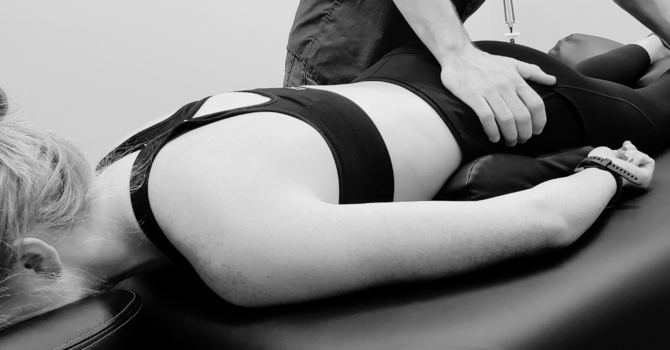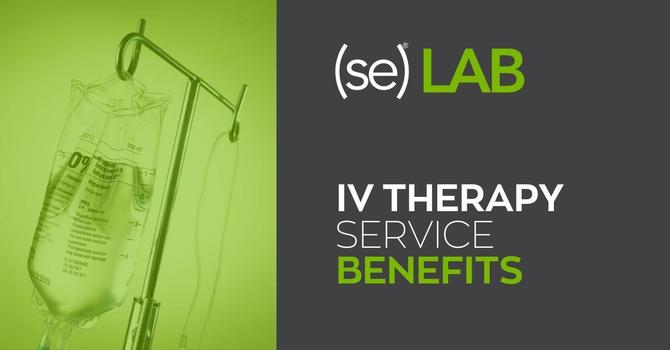Compression therapy has become a staple in the athletic community, offering a range of benefits that enhance performance and accelerate recovery. As more athletes and active individuals seek effective recovery methods, compression therapy stands out as a versatile and scientifically supported option. In this blog post, we will explore the top five benefits of compression therapy for athletes, delve into how it works, and provide practical tips on integrating it into your training regimen.
Understanding Compression Therapy
Compression therapy involves the use of specially designed garments that apply consistent pressure to the limbs and other parts of the body. These compression garments for athletes come in various forms, including socks, sleeves, and tights, each tailored to target specific muscle groups. The primary goal is to enhance blood circulation, reduce muscle fatigue, and support overall muscle function during and after intense physical activities.
Types of Compression Garments Commonly Used by Athletes
Athletes often choose from a variety of compression garments based on their specific needs. Compression socks are popular for runners and cyclists, providing support to the calves and improving blood flow. Compression sleeves are frequently used for the arms and legs, offering stability and reducing muscle oscillation during high-impact activities. Compression tights cover larger muscle groups, making them ideal for sports like basketball and soccer, where full-leg support can enhance performance and recovery.
Top 5 Benefits of Compression Therapy for Athletes
1. Enhanced Blood Circulation
One of the most significant benefits of compression therapy is its ability to improve blood circulation. Compression garments apply graduated pressure, which means the pressure is highest at the extremities and gradually decreases towards the core of the body. This gradient helps to facilitate the return of blood to the heart, ensuring that muscles receive an adequate supply of oxygen during workouts.
Improved blood flow not only enhances oxygen delivery but also aids in the removal of metabolic waste products such as lactic acid. This efficient exchange process reduces muscle fatigue and supports sustained performance during prolonged physical activities. Studies have shown that athletes using compression garments experience better circulation, leading to enhanced endurance and reduced onset of muscle fatigue (Source: Journal of Sports Sciences).
2. Reduced Muscle Soreness and Fatigue
Delayed onset muscle soreness (DOMS) is a common issue for athletes after intense training sessions or competitions. Compression therapy plays a crucial role in minimizing muscle soreness and fatigue. By enhancing blood flow, compression garments help in the quicker removal of waste products that contribute to muscle soreness.
Research indicates that athletes who incorporate compression therapy into their recovery routines report reduced levels of muscle soreness and experience faster recovery times compared to those who do not use compression garments. This accelerated recovery allows athletes to maintain a consistent training schedule without the setbacks caused by excessive muscle soreness.
3. Decreased Swelling and Inflammation
Intense physical activities often lead to swelling and inflammation in the muscles and joints. Compression therapy helps in controlling this swelling by applying consistent pressure, which reduces the accumulation of fluid in the tissues. This mechanism not only alleviates discomfort but also plays a role in preventing injuries.
By minimizing exercise-induced swelling, compression garments contribute to better joint stability and overall muscle function. This reduced inflammation is particularly beneficial for athletes recovering from minor injuries, as it supports the healing process and prevents the exacerbation of existing conditions. Additionally, managing inflammation effectively can lead to improved long-term athletic performance and reduced risk of chronic injuries.
4. Improved Muscle Support and Stability
During high-intensity activities, muscles are subjected to significant stress and strain. Compression garments provide essential support and stability to these muscles, reducing the risk of strains and tears. The consistent pressure from compression wear limits muscle oscillation—the unwanted movement of muscles during physical activity—which can lead to fatigue and injury.
Enhanced muscle support not only protects against acute injuries but also contributes to better overall muscle function. Athletes who use compression therapy often report improved muscle efficiency and a greater sense of stability, allowing them to perform at higher levels with increased confidence. This support is especially valuable in sports that require quick movements and agility, where muscle stability is crucial for optimal performance.
5. Enhanced Athletic Performance
Beyond recovery and injury prevention, compression therapy has a direct impact on athletic performance. Studies have shown that athletes who wear compression garments during training and competition can achieve measurable improvements in performance metrics such as speed, endurance, and power output.
One reason for this enhancement is the psychological benefit of wearing compression gear. Athletes often feel more prepared and supported, which can boost confidence and mental focus. Additionally, compression garments increase proprioception—the body's ability to sense its position and movement in space. Enhanced proprioception leads to better coordination and movement efficiency, contributing to overall athletic prowess.
Furthermore, the reduction in muscle fatigue and soreness allows athletes to train harder and longer, fostering greater improvements in strength and endurance over time.
How to Incorporate Compression Therapy into Your Routine
Integrating compression therapy into your athletic routine is straightforward and can yield significant benefits. Here are some guidelines to help you get started:
Selecting the Right Compression Garments
Choosing the appropriate compression garment is essential for maximizing the benefits of compression therapy. Factors to consider include the type of activity, the specific muscle groups you want to support, and the level of compression required. Compression garments come in various compression levels, typically measured in millimeters of mercury (mmHg). For athletic purposes, a moderate compression level (15-20 mmHg) is usually recommended.
When selecting compression wear, ensure that the garments fit snugly without being too tight. Proper fit is crucial for effective compression and comfort during use. It may be helpful to consult with a specialist at Structural Elements Frederick to find the best options tailored to your specific needs.
When and How Long to Wear Compression Garments
Timing is key to reaping the full benefits of compression therapy. Athletes can wear compression garments both during and after physical activities. Wearing compression gear during exercise helps support muscles, improve blood flow, and reduce fatigue. Post-exercise use aids in the recovery process by minimizing soreness and swelling.
The duration for wearing compression garments varies depending on the activity and individual needs. Generally, wearing compression gear for a few hours after intense exercise or overnight can enhance recovery. It's important to listen to your body and adjust the wear time based on how you feel and your training schedule.
Frequently Asked Questions (FAQs)
How does compression therapy aid in muscle recovery?
Compression therapy enhances blood circulation, which improves oxygen delivery to muscles and facilitates the removal of metabolic waste products. This process reduces muscle soreness and accelerates recovery, allowing athletes to maintain a consistent training regimen.
Can compression garments prevent sports injuries?
Yes, compression garments provide essential support and stability to muscles and joints, reducing the risk of strains, tears, and other injuries. By limiting muscle oscillation and enhancing proprioception, compression wear helps athletes move more efficiently and safely during physical activities.
What level of compression is suitable for athletic activities?
For athletic purposes, a moderate compression level of 15-20 mmHg is typically recommended. This level provides adequate support and circulation enhancement without being overly restrictive. It's important to choose compression garments that fit well and are comfortable for extended wear.
Are there any risks associated with using compression gear?
When used correctly, compression garments are generally safe for most athletes. However, it's important to ensure that the garments fit properly to avoid excessive pressure, which can impede circulation. Individuals with certain medical conditions should consult with a healthcare professional before using compression therapy.
How do I choose the right compression garment for my sport?
Selecting the right compression garment depends on the specific demands of your sport and the muscle groups you need to support. For example, runners may prefer compression socks or calf sleeves, while basketball players might opt for full-leg compression tights. Consulting with specialists at Structural Elements Frederick can help you find the most suitable options for your athletic needs.
Wrapping It Up
Compression therapy offers a multitude of benefits for athletes and active individuals, from enhancing blood circulation and reducing muscle soreness to preventing injuries and boosting performance. By incorporating compression garments into your training and recovery routines, you can support your muscles more effectively and achieve your athletic goals with greater ease.
At Structural Elements Frederick, we understand the unique needs of athletes and provide tailored compression solutions to help you perform at your best. Whether you're a seasoned athlete or just starting your fitness journey, compression therapy can be a valuable addition to your overall health and wellness strategy.
The content in this blog is for informational purposes only and is not a substitute for professional medical advice, diagnosis, or treatment. Always consult your doctor or a qualified healthcare provider before trying new healthcare protocols.




